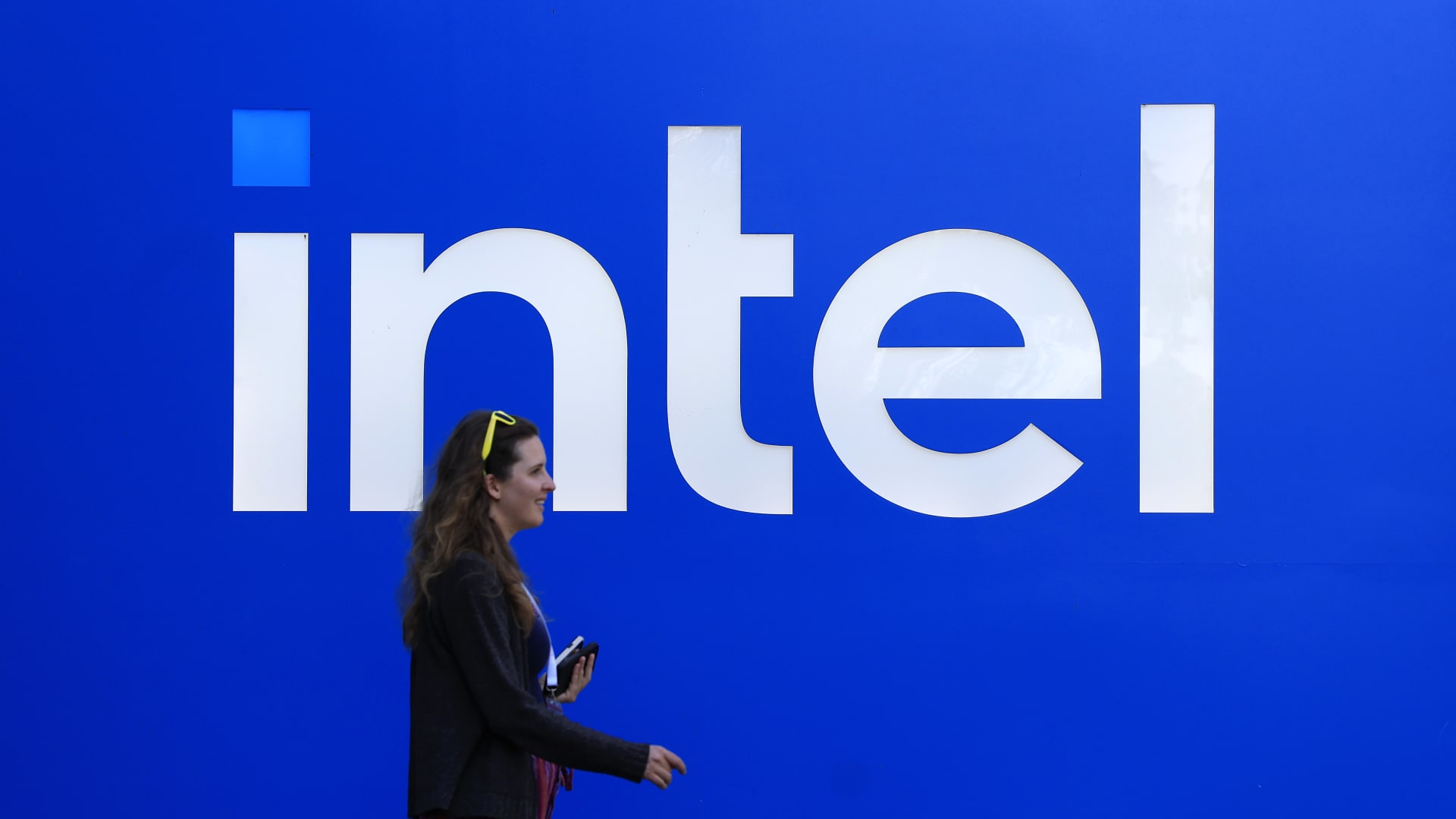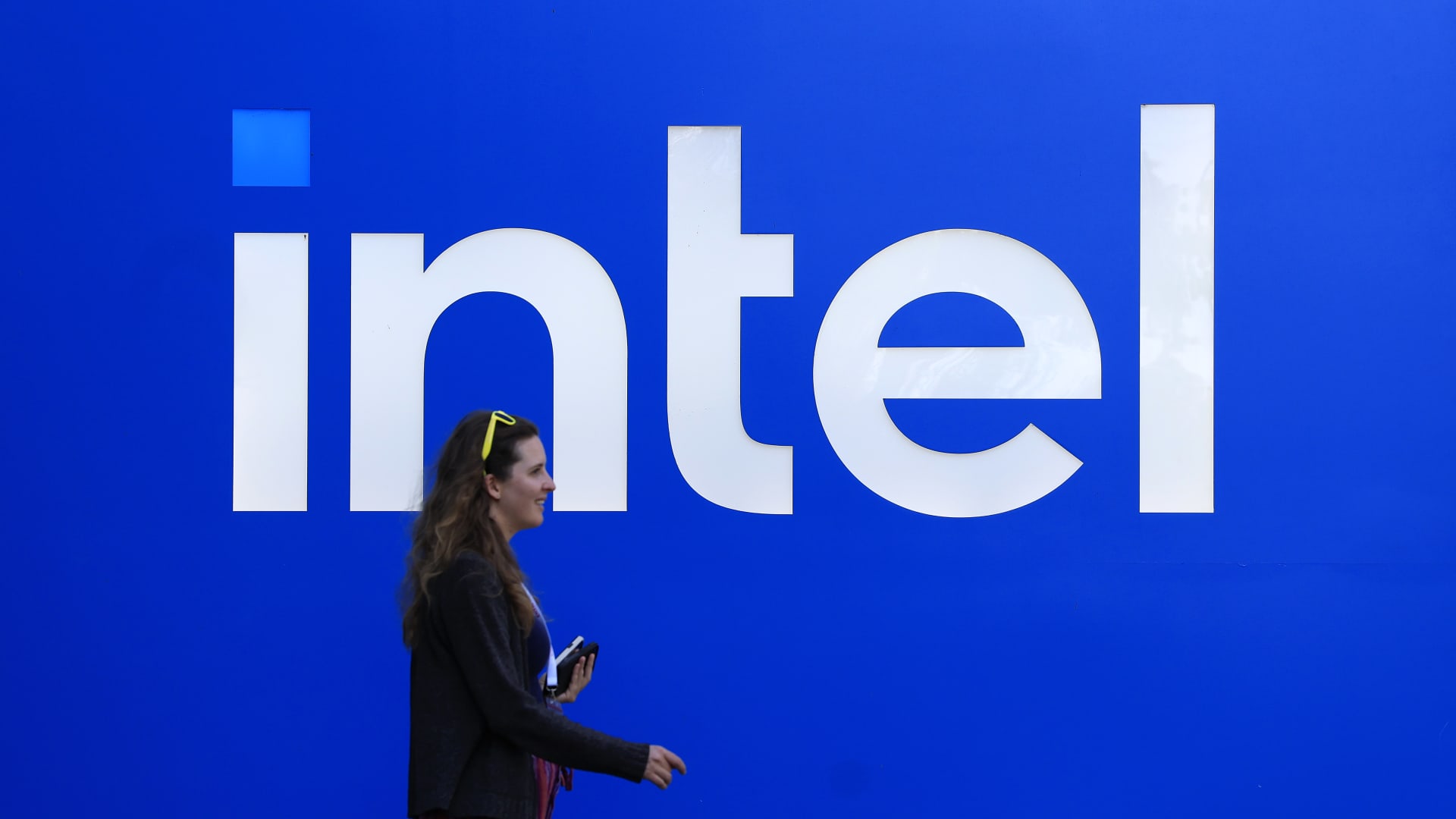The Dynamics of After-Hours Stock Movements: A Closer Look at Intel, Deckers, and Boston Beer
Understanding After-Hours Trading
After-hours trading, which occurs outside the standard market hours, provides a unique window into investor sentiment and immediate reactions to corporate news. Unlike regular trading sessions, after-hours trading is characterized by lower liquidity and higher volatility, making it a fertile ground for significant price movements. These movements often reflect the market’s initial interpretation of earnings reports, strategic announcements, or other material developments. For companies like Intel, Deckers Brands, and Boston Beer Company, after-hours trading can serve as a barometer for investor confidence and future market trends.
Intel (INTC): A Company in Transition
Intel, a titan in the semiconductor industry, has been navigating a challenging landscape marked by intense competition and shifting market dynamics. The company’s recent after-hours trading activity, which saw relatively muted reactions to its earnings report, underscores the complex sentiment surrounding its future prospects.
Earnings and Market Expectations
Intel’s earnings report, which slightly exceeded market expectations, was met with a subdued response from investors. This lack of significant movement suggests a cautious optimism tempered by lingering concerns about the company’s long-term trajectory. The better-than-expected results can be attributed to increased demand in specific sectors and the initial impact of strategic initiatives aimed at driving efficiency and innovation.
Strategic Restructuring and Workforce Reduction
In a bid to streamline operations and optimize resource allocation, Intel’s management has announced a series of actions designed to improve execution and focus on core competencies. One of the most notable measures under consideration is a potential workforce reduction, with reports suggesting a possible cut of up to 15% of its employees. This cost-cutting initiative is intended to free up resources for strategic investments in advanced manufacturing and cutting-edge research and development.
Investor Sentiment and Future Outlook
The market’s subdued response to Intel’s earnings and restructuring plan indicates that investors are adopting a “wait-and-see” approach. While the better-than-expected earnings offer a glimmer of hope, the company’s long-term challenges and the complexities of the semiconductor industry create an environment of uncertainty. The planned workforce reduction, while potentially beneficial in the long run, could also raise concerns about morale and the company’s ability to retain top talent.
Intel’s future hinges on its ability to successfully execute its turnaround strategy, accelerate technological innovation, and adapt to the evolving demands of the semiconductor market. The company’s investments in new manufacturing processes, such as its IDM 2.0 strategy, are crucial for regaining its competitive edge. However, the semiconductor industry is highly competitive, and Intel faces significant challenges from rivals like AMD and TSMC.
Deckers Brands (DECK): Capitalizing on Brand Success
Deckers Brands, the parent company of popular footwear brands like Hoka and UGG, has experienced significant after-hours gains, with shares rising by as much as 12%. This surge is directly attributable to the company’s strong financial performance, driven by robust sales growth in its key brands.
Exceptional Earnings and Market Performance
Deckers reported fiscal first-quarter earnings of $4.52 per share on revenue of $825 million, surpassing analysts’ expectations of $3.48 per share on revenue of $808 million. This exceptional performance highlights the company’s ability to connect with consumers and capitalize on current market trends.
The Rise of Hoka and the Enduring Appeal of UGG
The Hoka brand has been a significant growth driver for Deckers, experiencing a surge in popularity among runners and fitness enthusiasts. Hoka’s success can be attributed to its focus on comfort, performance, and distinctive design. The brand’s innovative footwear technology and strategic marketing initiatives have resonated with a broad audience, contributing to its impressive sales growth.
The UGG brand, known for its iconic sheepskin boots, continues to maintain its appeal despite evolving fashion trends. UGG has successfully diversified its product line, offering a range of footwear, apparel, and accessories that cater to different consumer preferences. The brand’s ability to adapt to changing market dynamics while preserving its core identity has been crucial to its sustained success.
Market Sentiment and Future Prospects
The market’s positive reaction to Deckers’ earnings reflects confidence in the company’s ability to sustain its growth momentum. Investors are particularly encouraged by the strong performance of both Hoka and UGG, which suggests that Deckers has a diversified portfolio of successful brands.
Deckers’ future success depends on its ability to continue innovating and expanding its product offerings, strengthening its brand equity, and effectively managing its supply chain. The company’s focus on direct-to-consumer sales channels and strategic partnerships will also play a crucial role in driving future growth.
Boston Beer Company (SAM): Navigating a Shifting Beverage Landscape
Boston Beer Company, the maker of Samuel Adams beer and other popular beverages, has also seen after-hours activity following its earnings release. The drivers behind its stock movement are often more complex and reflect the challenges of navigating a highly competitive and evolving beverage market.
Market Dynamics and Competitive Pressures
The alcoholic beverage industry is characterized by intense competition, changing consumer preferences, and the emergence of new product categories. Boston Beer Company faces competition from both large multinational corporations and smaller craft breweries, requiring it to constantly innovate and adapt to changing market trends.
Diversification and Strategic Initiatives
Boston Beer Company has diversified its product portfolio beyond its flagship Samuel Adams brand, venturing into categories such as hard seltzers, hard teas, and ciders. This diversification strategy is aimed at capturing a wider range of consumers and mitigating the risks associated with relying on a single brand.
Challenges and Opportunities
Boston Beer Company faces challenges such as rising input costs, supply chain disruptions, and the increasing popularity of alternative beverages. However, the company also has opportunities to expand its market share, leverage its distribution network, and capitalize on emerging trends such as the growing demand for non-alcoholic beverages.
Future Outlook
Boston Beer Company’s future success depends on its ability to effectively manage its costs, innovate its product offerings, and strengthen its brand positioning. The company’s strategic investments in marketing, distribution, and research and development will be crucial for driving future growth.
Decoding After-Hours Movers: A Concluding Perspective
The after-hours market provides valuable insights into the immediate investor reaction to corporate news and earnings releases. In the case of Intel, Deckers Brands, and Boston Beer Company, the after-hours movements reflect a complex interplay of factors, including earnings performance, strategic initiatives, and broader market trends. While after-hours trading can be volatile and should not be the sole basis for investment decisions, it offers a crucial glimpse into the market’s short-term sentiment and potential future direction of these companies.
Ultimately, a comprehensive analysis that considers both quantitative data and qualitative factors is essential for making informed investment decisions. The after-hours market, with its unique characteristics and immediate reactions, serves as a valuable tool for investors seeking to understand the underlying dynamics driving stock movements. By carefully analyzing the factors influencing after-hours trading, investors can gain a deeper understanding of the market’s sentiment and make more informed decisions about their investment strategies.












